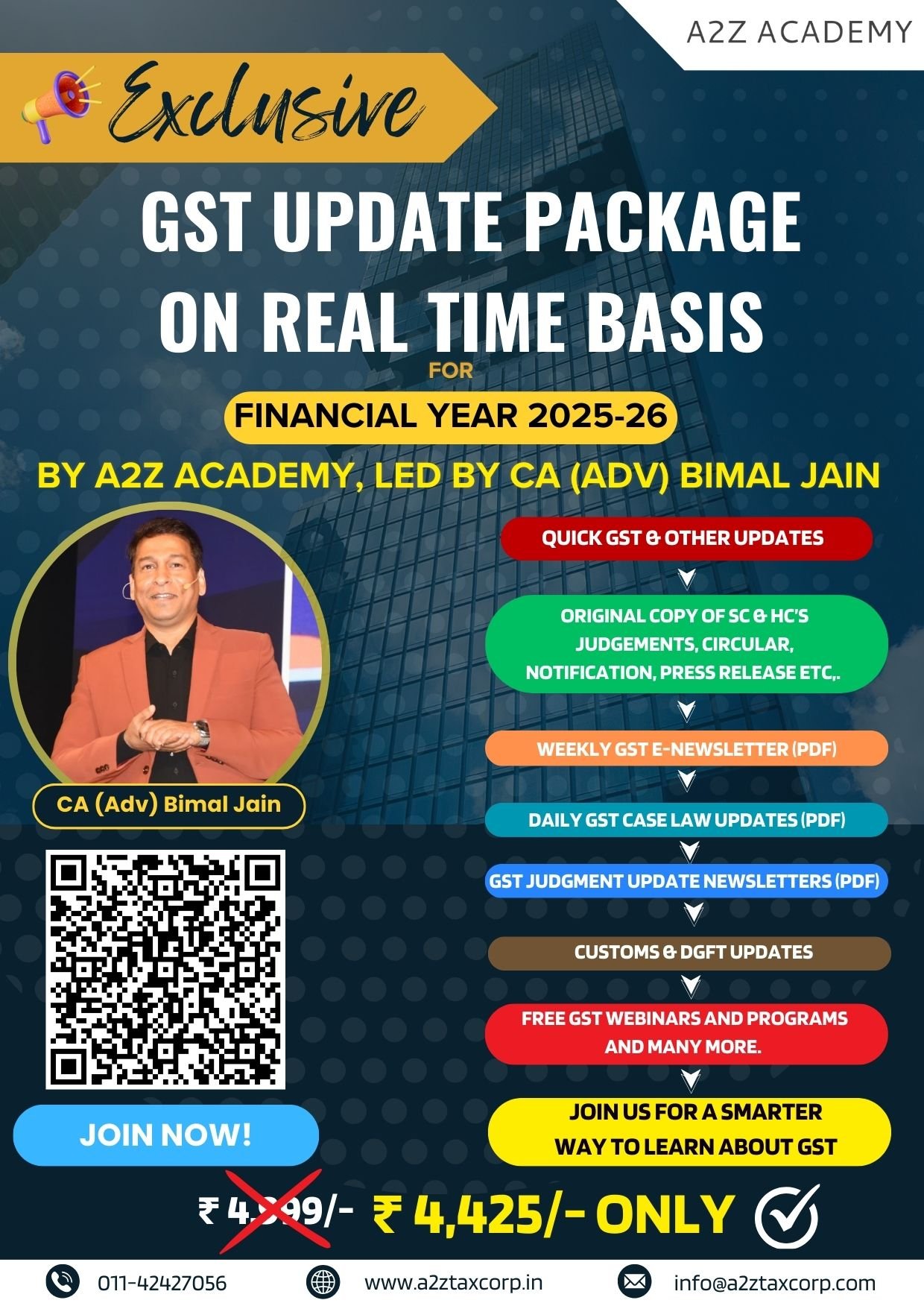
The Hon’ble Prime Minister Shri Narendra Modi, on the occasion of 79th Independence Day, highlighted how Goods and Services Tax (GST), implemented in 2017, is a significant reform which has benefited the nation.
The Prime Minister underscored the importance of the next generation of reforms under GST, which brings relief to the common man, farmers, middle class and MSMEs.
To build an ‘Atmanirbhar Bharat’, the Central Government is proposing significant reforms in GST. It will be focused on 3 pillars, namely:
- structural reforms
- rate rationalisation, and
- ease of living
The Central Government has sent its proposal on GST rate rationalisation and reforms to the Group of Ministers (GoM) constituted by the GST Council to examine this issue.
Key areas identified for next-generation reforms include the rationalisation of tax rates to benefit all sections of society, especially the common man, women, students, middle class, and farmers.
Reforms will also seek to reduce classification-related disputes, correcting inverted duty structures in specific sectors, ensuring greater rate stability, and further enhancing ease of doing business. These measures would strengthen key economic sectors, stimulate economic activity, and enable sectoral expansion.
Key Pillars of the Centre’s Proposed Reforms
Pillar 1: Structural reforms:
- Inverted duty structure correction: The correction of inverted duty structures to align input and output tax rates so that there is a reduction in the accumulation of input tax credit. This would support domestic value addition.
- Resolving classification issues: Resolve classification issues to streamline rate structures, minimise disputes, simplify compliance processes, and ensure greater equity and consistency across sectors.
- Stability and Predictability: Provide long-term clarity on rates and policy direction to build industry confidence and support better business planning.
Pillar 2: Rate Rationalisation:
- Reduction of taxes on common-man items and aspirational goods: This would enhance affordability, boost consumption, and make essential and aspirational goods more accessible to a wider population.
- Reduction of slabs: Essentially move towards simple tax with 2 slabs – standard and merit. Special rates only for select few items.
- Compensation Cess: The end of compensation cess has created fiscal space, providing greater flexibility to rationalise and align tax rates within the GST framework for long-term sustainability.
Pillar 3: Ease of Living:
- Registration: seamless, technology-driven, and time-bound, especially for small businesses and startups.
- Return: Implement pre-filled returns, thus reducing manual intervention and eliminating mismatches.
- Refund: faster and automated processing of refunds for exporters and those with inverted duty structure.
The Centre’s proposal, anchored on the above three foundational pillars, has been shared with the GoM for further deliberations within the GoM. The Centre has taken this initiative with the aim of building a constructive, inclusive, and consensus-based dialogue among all stakeholders.
In the true spirit of cooperative federalism, the Centre remains committed to working closely with the States. It will be building a broad-based consensus with the States in the coming weeks, to implement the next generation of reforms as envisioned by Prime Minister Shri Narendra Modi.
The GST Council, when it meets next, will deliberate on the recommendations of GoM, and every effort will be made to facilitate early implementation so that the intended benefits are substantially realised within the current financial year.
The Government reaffirms its commitment to evolving the GST into a simple, stable, and transparent tax system — one that supports #InclusiveGrowth, strengthens formal economy and enhances Ease of Doing Business (EoDB) across the country.
The Press Release can be accessed at: https://www.pib.gov.in/PressReleasePage.aspx?PRID=2156708

![[GST Press Release] CGST Delhi East Commissionerate encourages greater compliance and awareness among unregistered manufacturers and traders during GST Registration Campaign 2025](https://i0.wp.com/a2ztaxcorp.net/wp-content/uploads/2025/03/GST-Press-Release-CGST-Delhi-East-Commissionerate-encourages-greater-compliance-and-awareness-among-unregistered-manufacturers-and-traders-during-GST-Registration-Campaign-2025.jpg?fit=782%2C522&ssl=1)
